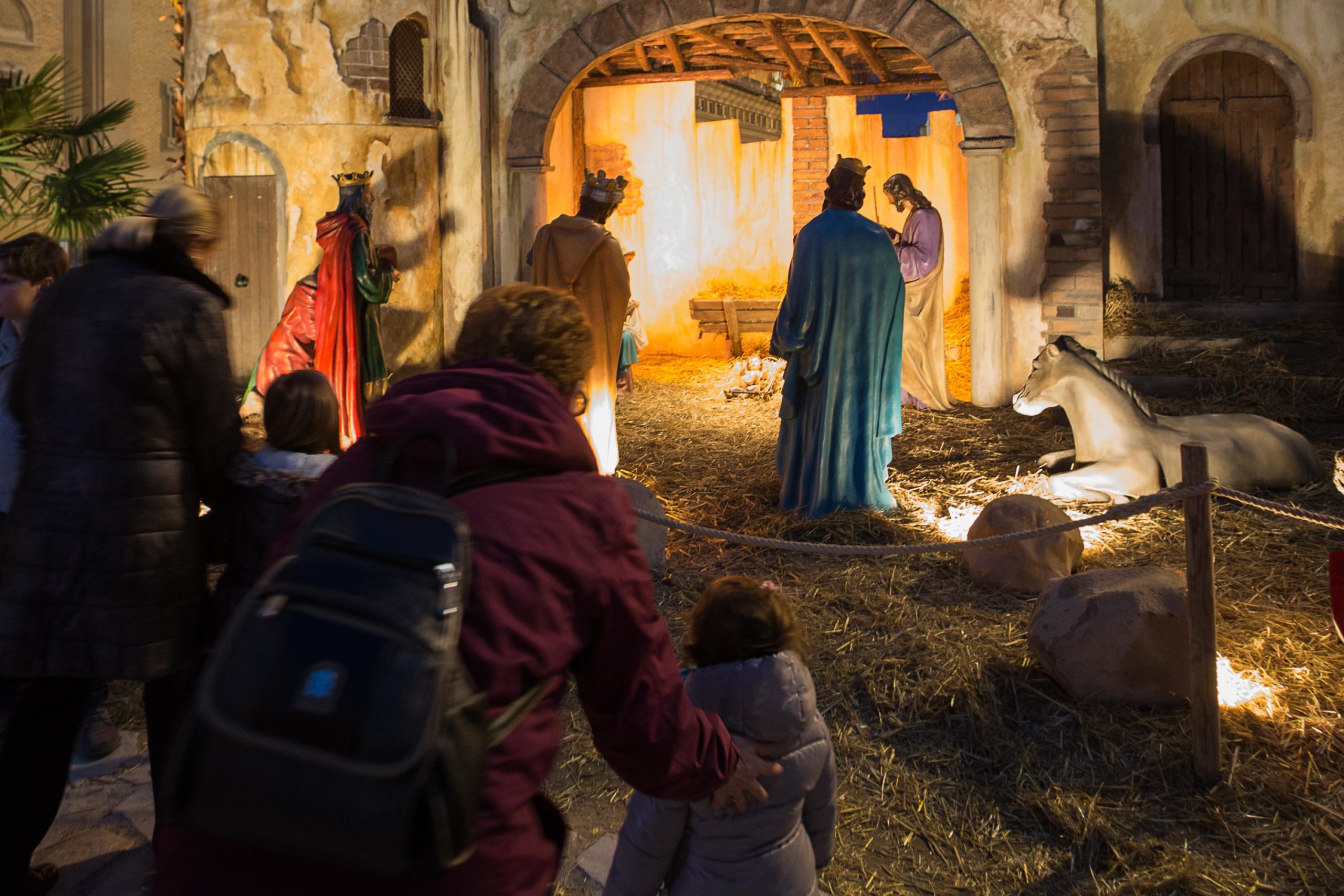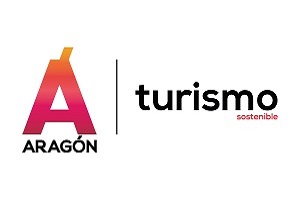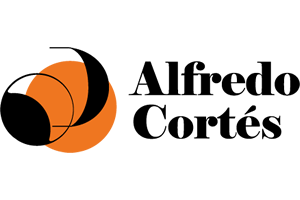ORIGIN OF THE CHRISTMAS NATIVITY SCENE
The Nativity Scene has its origins in the Middle Ages. The first Christmas celebration in which a nativity scene was set up to commemorate the birth of Jesus Christ took place on Christmas Eve 1223, when St. Francis of Assisi decided to reproduce the Christian tradition in a cave near the hermitage of Greccio (Italy). In collaboration with John of Greccio, he began preparations and nine days before December 25, he summoned the whole town to celebrate a mass in the presence of the representation of the birth.
In a short time, this tradition began to become popular. From the 15th century onwards, the custom of the nativity scene became widespread and in 1465, the first company to manufacture nativity scene figures was founded in Paris.
The nativity scene represents Jesus, Mary and Joseph in a manger, or according to other traditions, in a stable, barn or cave, where, according to the Gospel of Luke 2:7, the child was born. The tradition accompanies the manger of a mule and an ox, according to the account of the apocryphal Gospels and the text of the book of the prophet Isaiah and Habakkuk.
Nativity Scene of Monzón

It is one of the most important Aragonese nativity scenes in the community, and one of the largest of its scale in Spain, a position it has reached despite its humble origins, when, 60 years ago, a local boy opened the windows of his house so that his neighbors could see his figures.
Every year it is set up by the Isaac Lumbierres Nativity Association, it is declared of Regional Tourist Interest and every year it receives tens of thousands of visitors. It currently has 8,000 figures, spread over more than 900 square meters, which, in addition to the more traditional vision (with scenes such as the birth or adoration), also illustrate the history, customs and culture of Montison, even representing some of the buildings of the villages of the Cinca Medio region.
Next to the nativity scene there is a museum about this tradition where you can admire nativity scenes from all over the world, made with all kinds of materials, such as wood, cloth, rocks or even breadcrumbs.
Nativity scene in the Plaza del Pilar in Zaragoza.
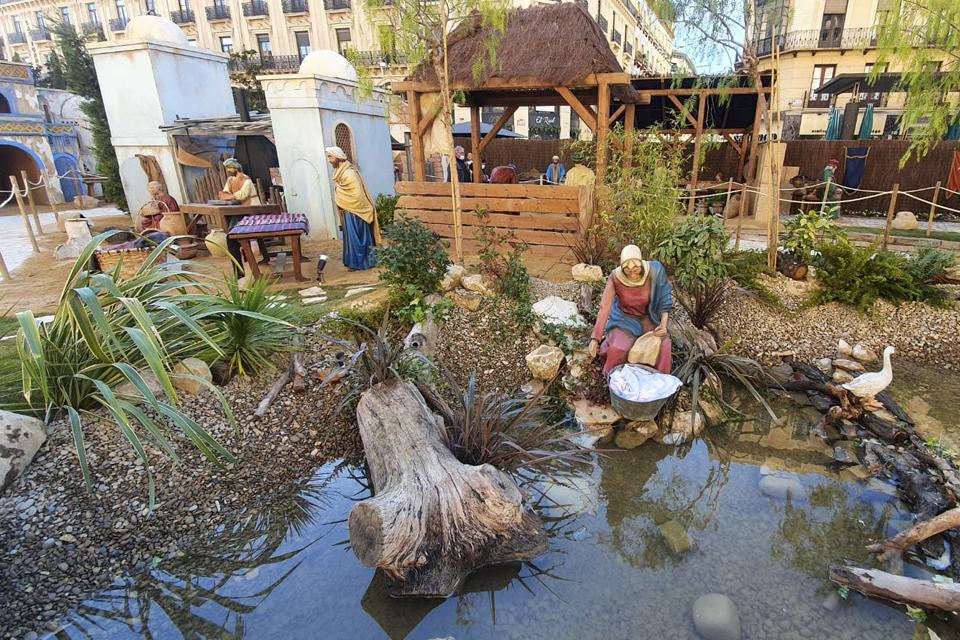
For some years now, the Plaza del Pilar has become the protagonist of Christmas in Zaragoza, and its life-size nativity scene of figures is to blame for this. Every year, thousands of people cross the gates of this village that mixes the most traditional and religious figures (the Portal with the image of the Child Jesus, the Virgin Mary and St. Joseph, Herod’s Palace or the Zoco of merchants) with others representing Aragonese trades. There you will find a blacksmith, a carpenter and his apprentice, a potter with his potter’s wheel, a slaughtering family, and a wicker craftsman. All of them at the gates of life-size buildings that will make you feel like you are inside a nativity scene. In total, 100 figures, including 56 figures of life-size characters and a large number of animals such as sheep, goats, dogs, ducks, geese ….
This year the nativity scene has changed its traditional rectangular plan for a mantle shape, so that the nativity is visually aligned with the sculptural ensemble of the main facade of the Basilica del Pilar designed by Pablo Serrano, so that, along with the lighting games, the nativity scene will gain in spectacularity to the installation.
When you visit it, take the opportunity to walk around the Plaza de la Navidad, and transport yourself from the East to Lapland and travel to the land of Christmas magic without leaving the Plaza del Pilar. That is, visit the craft stalls, children’s attractions, the floats of the Three Kings and Santa Claus’ house that are located in the same square next to the crib, 1,000 square meters and more than 100 figures that make this Christmas space has little to envy to those that are mounted in other European capitals.
Lituénigo Nativity Scene

This town is heir to the deep nativity scene tradition of the towns in the region of Tarazona and Moncayo. The particularity of the nativity of this town is that it is developed along its streets, because practically in all of them you can find figures, generally made of wood, related to this tradition. Using logs, planks and old fabrics, the neighbors give shape, with a practically natural size, to the different characters that are found in a nativity scene.
Being distributed throughout the streets of the village, and as the figures are all illuminated, this peculiar crib can be visited both day and night.
Bethlehem of Estadilla

This is the largest living nativity scene in the Community. It is created by more than two hundred residents of Estadilla, who represent up to fifty scenes around the birth of Jesus. They dress in traditional costumes and represent typical trades, so that, in addition to as a Christmas image, contemplate it also serves as ethnographic testimony. Do you want more reasons to come to Estadilla to see this crib? We give them to you: part of the money from the entrance fee is used to finance three local associations that help people with disabilities.
Ibercaja Nativity Scene in Zaragoza
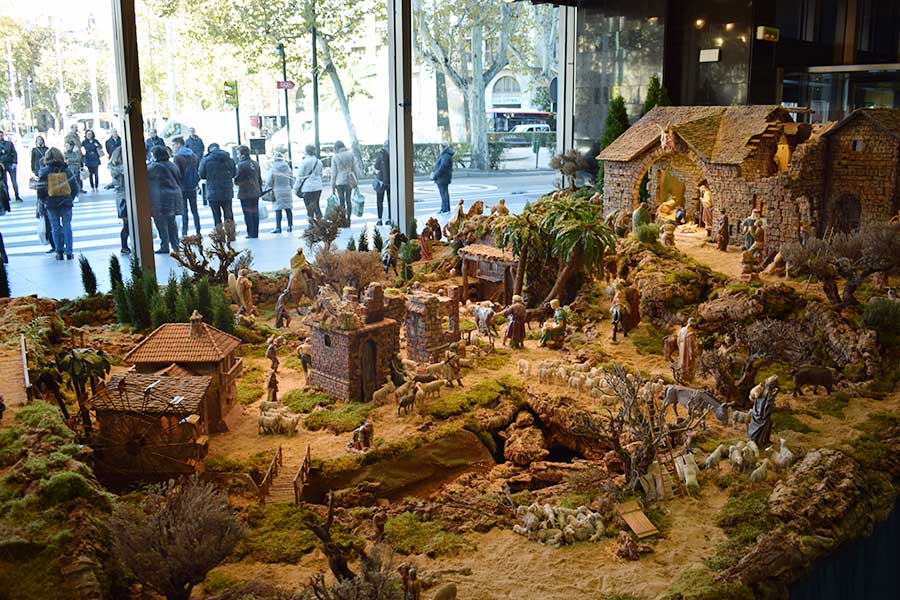
It is another of the traditional cribs of Aragon, in fact it has been mounted for more than three decades. Being in the center of Zaragoza, it is common to see dozens of people grouped in front of the window of the headquarters of this financial institution to observe its more than 200 figures and the recreation of Aragonese landscapes included.
If you are one of those people, you may not know that, during business hours, it is possible to enter the interior to see it more closely and, usually, with fewer people around.
Nativity Scene of the church of San Pedro de Teruel
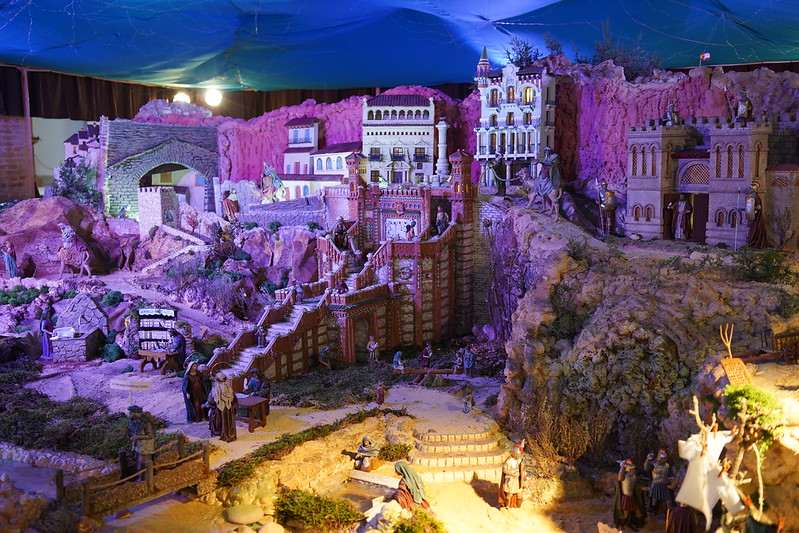
We travel now to the capital of Teruel because, in the cloister of one of its churches, one of the best traditional Aragonese nativity scenes is set up. This is due, in part, to the care that is put into its scenography, which results in a delightfully illuminated nativity scene in which important monuments of the city are reproduced, such as the staircase of the Oval or the viaduct.
And without leaving the city, for some years there has been another nativity scene that is worth visiting. It is not difficult to find because the figures are placed inside the Torico fountain, right in the center of the historic center. The well-known monument is transformed these days into a Christmas tree inside which we can peek inside to see the scene.




